
How to Use Voltage Sensor: Examples, Pinouts, and Specs
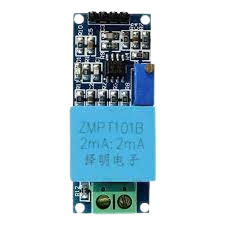
 Design with Voltage Sensor in Cirkit Designer
Design with Voltage Sensor in Cirkit DesignerIntroduction
A voltage sensor is an electronic device that measures the electrical potential difference between two points in an electrical circuit. It is essential for monitoring voltage levels to ensure the stability and safety of electrical systems. Voltage sensors are commonly used in a variety of applications, including battery monitoring, energy management systems, and in various types of electronic projects where voltage level detection is required.
Explore Projects Built with Voltage Sensor
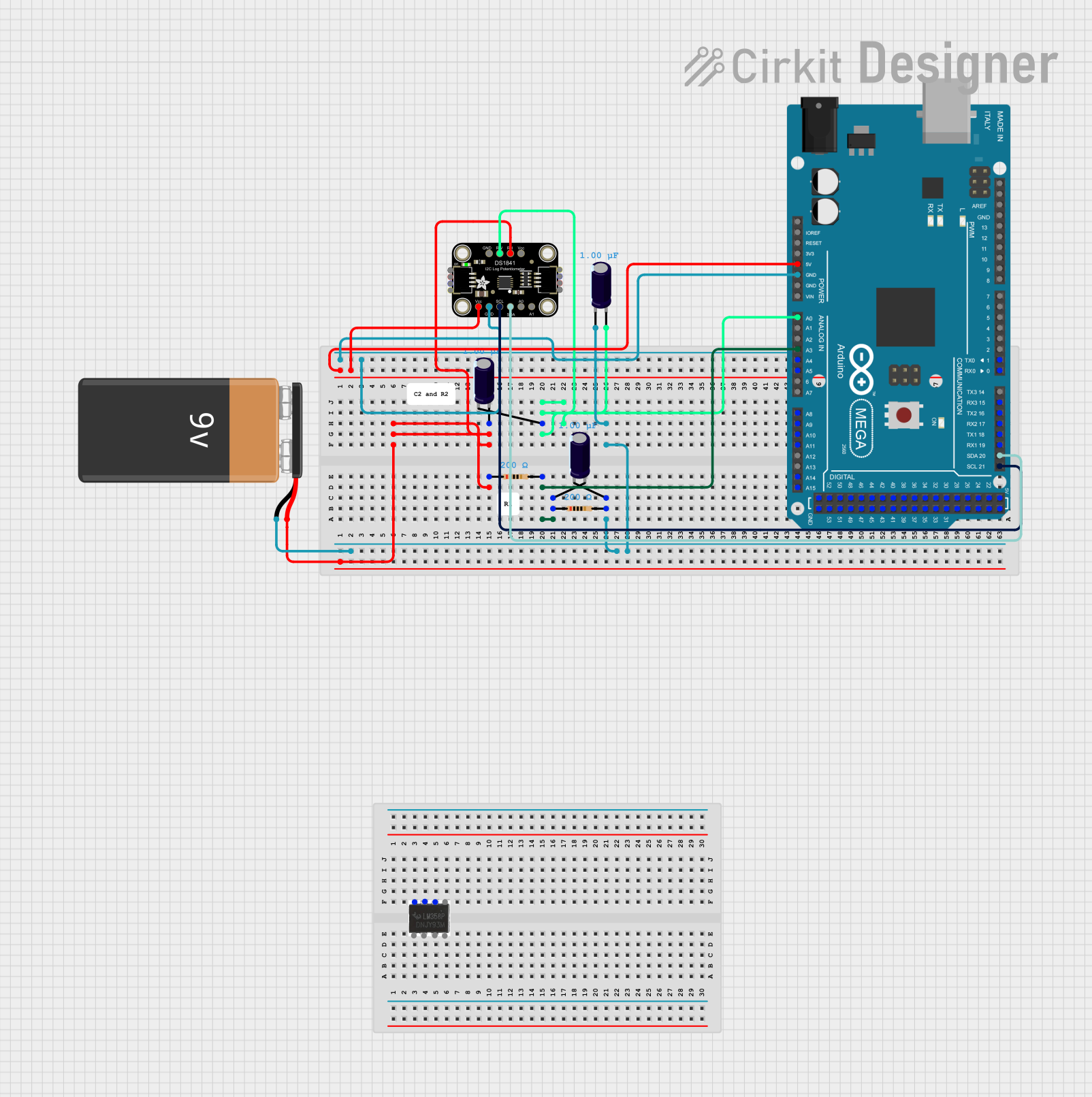
 Open Project in Cirkit Designer
Open Project in Cirkit Designer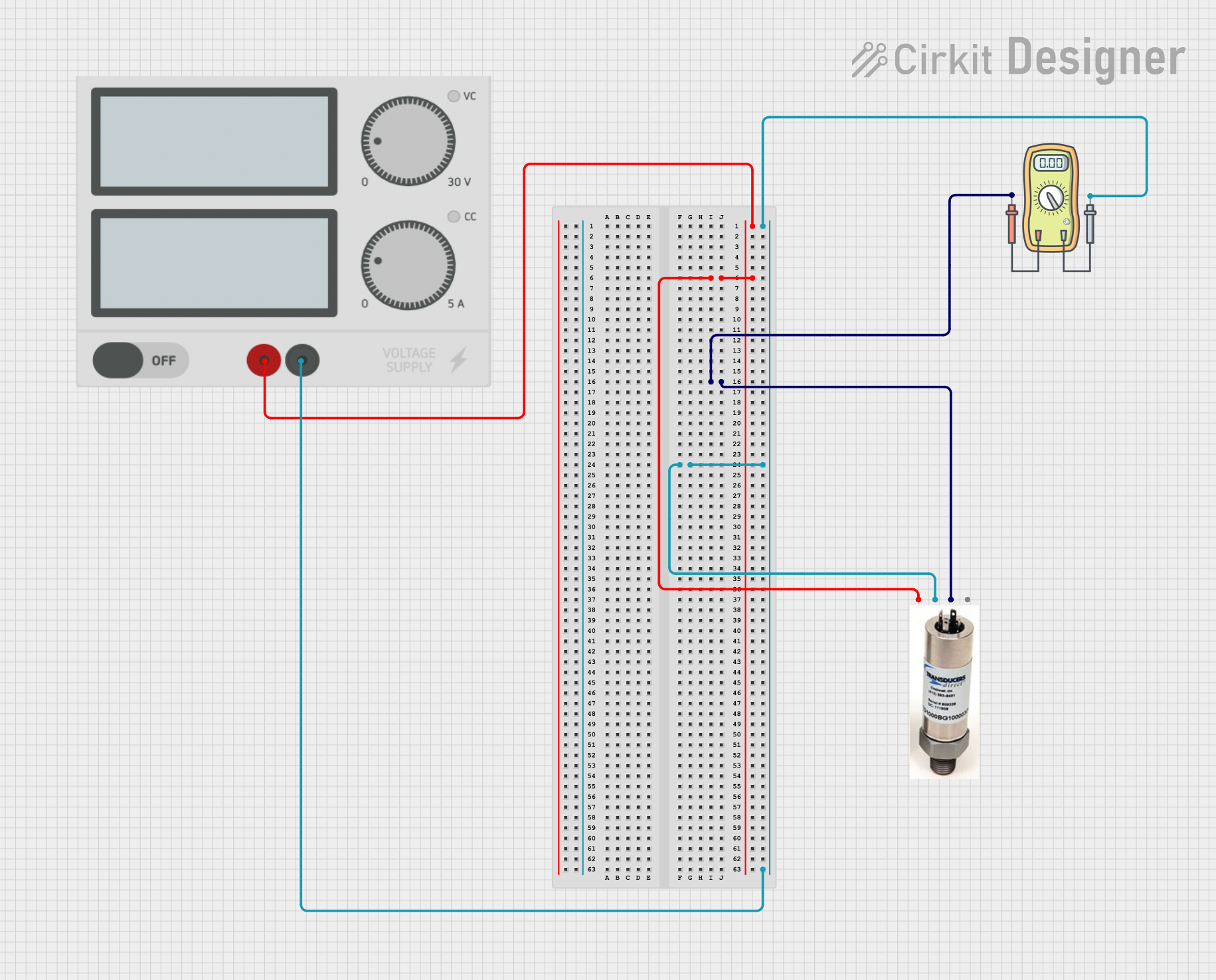
 Open Project in Cirkit Designer
Open Project in Cirkit Designer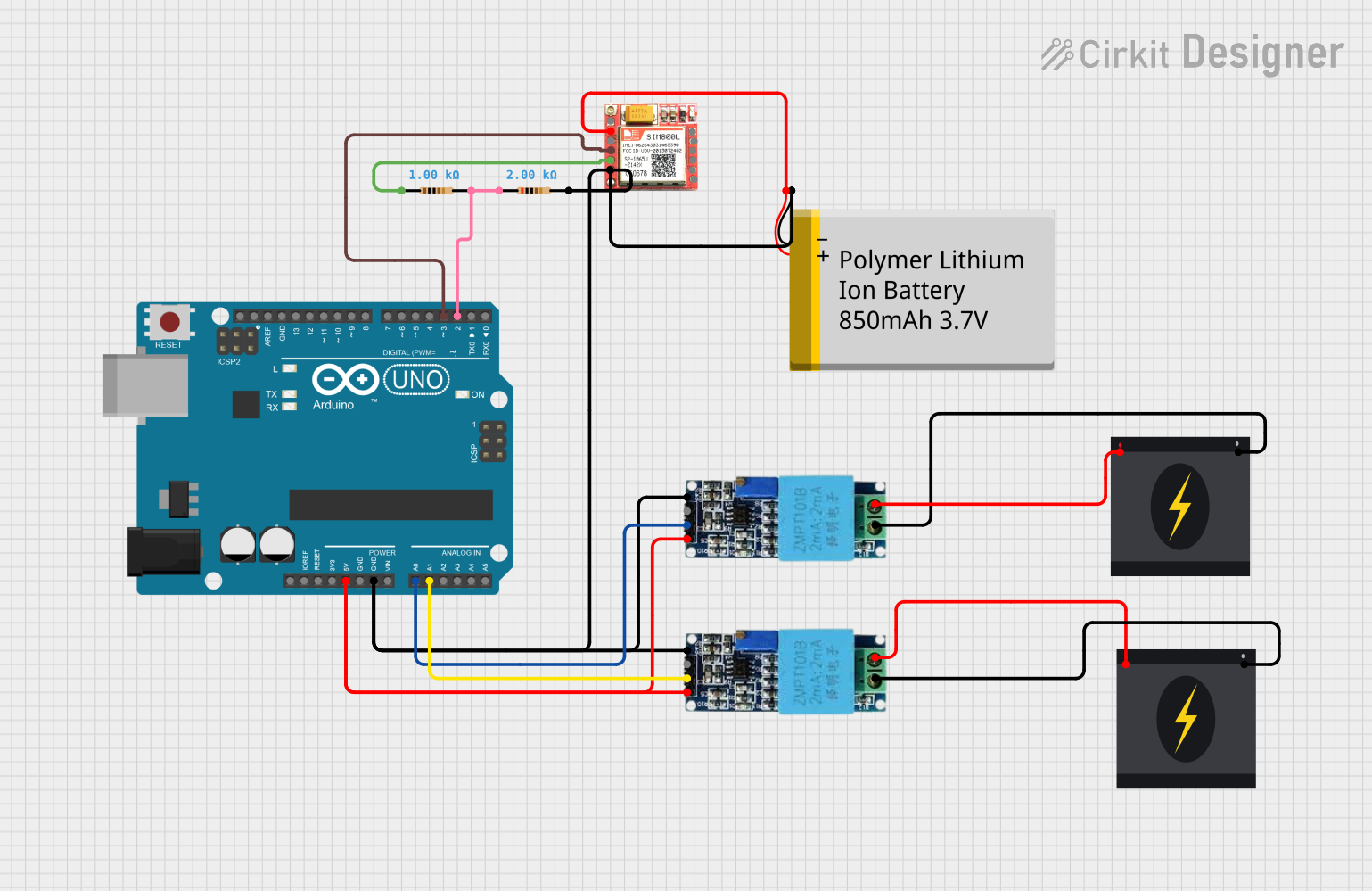
 Open Project in Cirkit Designer
Open Project in Cirkit Designer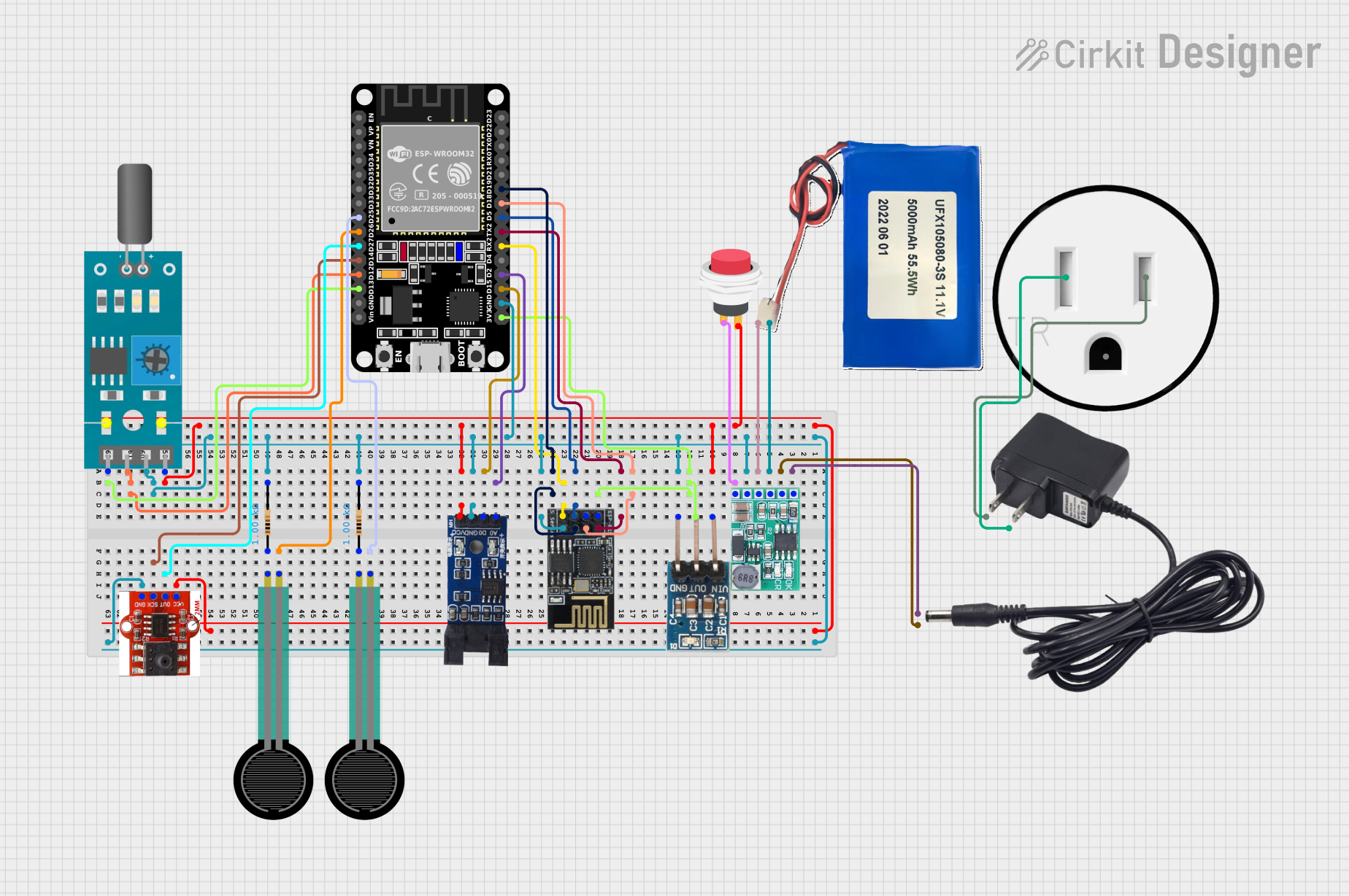
 Open Project in Cirkit Designer
Open Project in Cirkit DesignerExplore Projects Built with Voltage Sensor

 Open Project in Cirkit Designer
Open Project in Cirkit Designer
 Open Project in Cirkit Designer
Open Project in Cirkit Designer
 Open Project in Cirkit Designer
Open Project in Cirkit Designer
 Open Project in Cirkit Designer
Open Project in Cirkit DesignerTechnical Specifications
Key Technical Details
- Input Voltage Range: Typically 0-25V or 0-5V (depending on the model)
- Output Voltage Range: 0-5V (for use with microcontrollers like Arduino)
- Accuracy: Varies by model, often within a few percent
- Resolution: Dependent on the ADC (Analog to Digital Converter) of the microcontroller used
- Supply Voltage: 3.3V to 5V
Pin Configuration and Descriptions
| Pin Number | Name | Description |
|---|---|---|
| 1 | VCC | Connect to 3.3V or 5V power supply |
| 2 | GND | Connect to ground |
| 3 | OUT | Analog voltage output proportional to the input voltage |
| 4 | IN | Voltage input to be measured |
Usage Instructions
How to Use the Voltage Sensor in a Circuit
- Powering the Sensor: Connect the VCC pin to a 3.3V or 5V power supply and the GND pin to the ground.
- Connecting the Voltage Input: Attach the voltage source you wish to measure to the IN pin.
- Reading the Output: Connect the OUT pin to an analog input pin on your microcontroller to read the voltage level.
Important Considerations and Best Practices
- Ensure that the voltage applied to the IN pin does not exceed the sensor's maximum input voltage rating to prevent damage.
- Use a voltage divider if the voltage to be measured exceeds the sensor's range.
- Calibrate the sensor if precise measurements are required, as there may be variations between individual sensors.
- Avoid placing the sensor in environments with extreme temperatures or humidity, as this can affect accuracy.
Example Code for Arduino UNO
// Define the analog pin connected to the voltage sensor
const int voltageSensorPin = A0;
void setup() {
// Begin serial communication at 9600 baud rate
Serial.begin(9600);
}
void loop() {
// Read the value from the voltage sensor
int sensorValue = analogRead(voltageSensorPin);
// Convert the analog reading (which goes from 0 - 1023) to a voltage (0 - 5V)
float voltage = sensorValue * (5.0 / 1023.0);
// Print the voltage to the Serial Monitor
Serial.print("Voltage: ");
Serial.println(voltage);
// Wait for a second before reading again
delay(1000);
}
Troubleshooting and FAQs
Common Issues
- Inaccurate Readings: If the voltage readings are consistently off, consider calibrating the sensor or checking for loose connections.
- No Output: Ensure that the sensor is properly powered and that the input voltage is within the specified range.
Solutions and Tips for Troubleshooting
- Calibration: Use a known voltage source and adjust your code to match the readings with the actual voltage.
- Connection Check: Verify all connections are secure and that the correct pins are used.
- Power Supply: Confirm that the power supply is stable and within the required voltage range.
FAQs
Q: Can I measure AC voltage with this sensor? A: No, this sensor is designed for DC voltage measurements only.
Q: What is the maximum voltage I can measure with this sensor? A: It depends on the model of the voltage sensor. Always refer to the technical specifications for the maximum input voltage.
Q: How can I measure voltages higher than the sensor's range? A: You can use a voltage divider to step down the voltage to a level that is within the sensor's range. Remember to account for this in your calculations.
Q: How do I interpret the analog output from the sensor? A: The analog output is proportional to the input voltage. You will need to convert the analog reading to a voltage using the ADC resolution of your microcontroller.